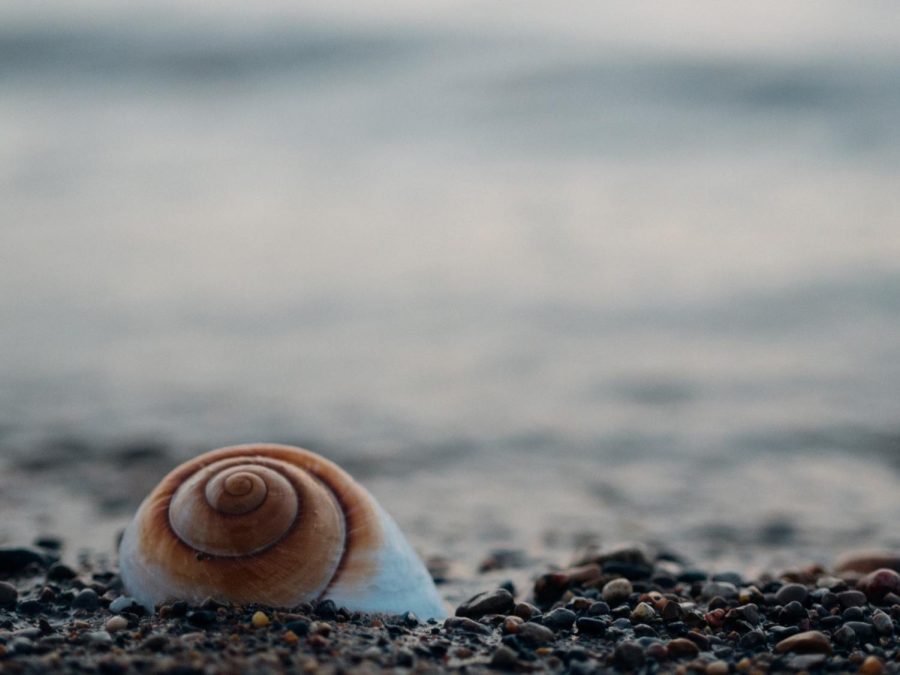Science Shorthand with Scerbo: Deadly Snails?
Snail on the Beach
Deadly Snails: Myth or scary truth?
By Cameron Scerbo
When you think of a snail, you don’t believe it could harm you. Normally you don’t even see them until, Boom, snail. What if there is a snail, but instead it’s Boom, you’re dead?
Cone snails are extremely venomous sea snails. They get their name from their cone-shaped shells, which can be very colorful and sought after for jewelry or collection.
All cone snails are venomous. According to an article by William DeLong, they use a modified tooth and a venom gland to kill their prey and eat it. When they are going to kill their prey, they extend their proboscis towards the unlucky creature, and once they are close enough, they launch their harpoon-like tooth, filled with venom, like a dart into the creature, instantly paralyzing some prey like small fish. Some of the different snails’ venom have more than 100 ingredients. Even a few microliters of cone snail toxin can be powerful enough to kill 10 people.
Their brightly colored shells tempt people to pick them up, but this is not a good idea because they can also use their harpoons in self-defense. Some snail venom can be fatal to humans. Specifically, Conus geographus is nicknamed “the cigarette snail” because it is rumored that a person stung by this snail would only have enough time left to smoke a cigarette.
According to Toxicologic Emergencies, 27 people have been confirmed to have died from cone snail venom, but this number is definitely much higher. This is because very few of the deaths are actually reported. Due to there being so many independent ingredients in their venom, there are hundreds of different ways to use it in medicine.
A scientist started to separate the ingredients and inject them into mice to see what did what. The results he saw were fascinating. Every part of the venom had a different effect on the mice. Some made them shake; some made them sleep; some made them produce insulin; and others made them run in circles. One of the more promising ingredients caused the mice to stop feeling pain.
When they researched this particular ingredient, they saw that it completely blocks pain receptors in the spine, preventing them from being transmitted to the brain. They turned this venom from the snails into a drug called Ziconotide that blocks pain 1000 times better than morphine.
Unfortunately, the medicine is hard to administer because it has to be injected directly into the spine for it to work, but the upside is that it has no side effects and you have no chance of getting addicted. Ziconotide was approved by the FDA and has recently been approved worldwide for medical use.
Who knows what else we might discover if we pay more attention to the little things like snails?
Photo by Aaron Burden on StockSnap

Cameron Scerbo is part of the Oakmont class of 2026. This is his third year being part of The Oakmonitor. Not only is he a part of The Oakmonitor, but...







